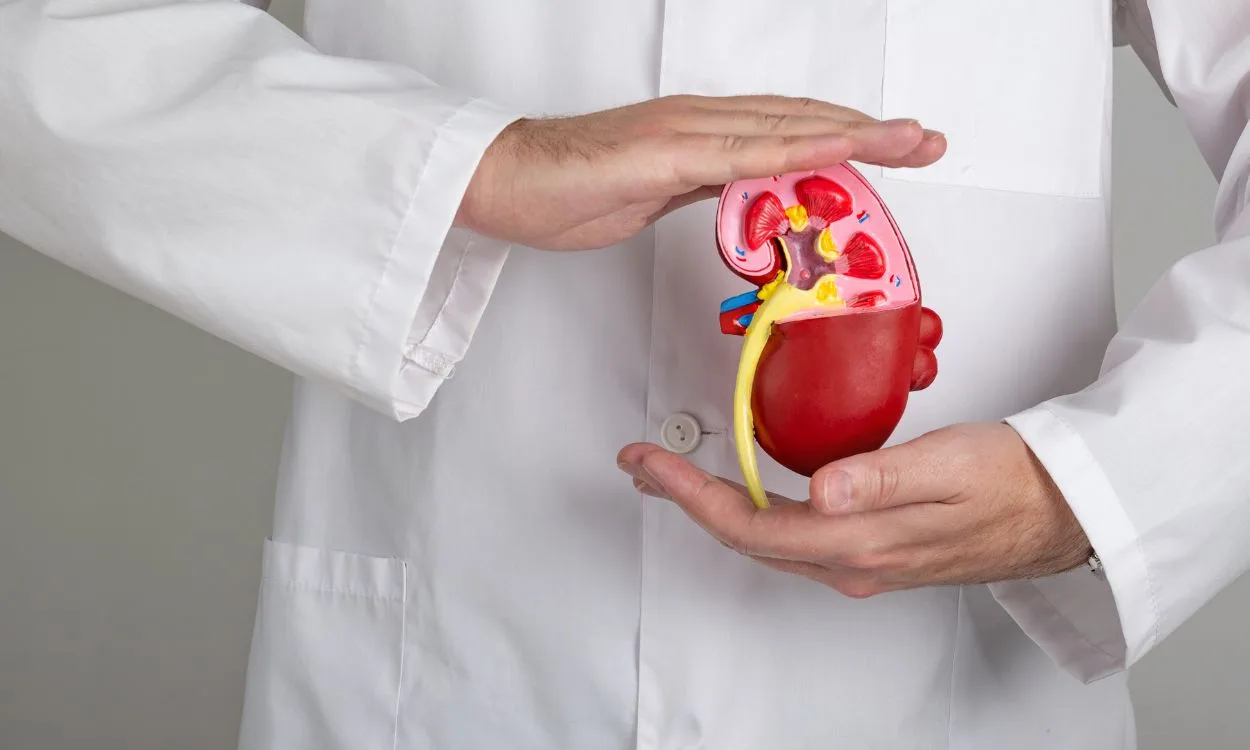How Does the Renal Medulla Contribute to the Formation of Urine?
The renal medulla is a crucial part of the kidney that plays a significant role in the formation of urine. It is responsible for maintaining the body’s water and electrolyte balance. In this article, we will explore the functions of the renal medulla and how it contributes to the formation of urine.
Introduction to the Renal Medulla
The kidney is an essential organ that filters waste products, toxins, and excess substances from the blood to produce urine. The renal medulla is the innermost part of the kidney, consisting of several structures called renal pyramids. These pyramids contain microscopic tubes called renal tubules, which are responsible for urine formation.
Functions of the Renal Medulla
- Osmoregulation: One of the primary functions of the renal medulla is to regulate the concentration of solutes and water in the body. It does this by creating a concentration gradient within the medulla, which allows for the reabsorption of water and the excretion of concentrated urine.
- Countercurrent Multiplication: The renal medulla establishes a countercurrent multiplier system, which is essential for concentrating urine. This mechanism involves the interaction between the descending and ascending limbs of the renal tubules, specifically the loop of Henle. As the fluid flows down the descending limb, water is reabsorbed, concentrating the solutes. Conversely, as the fluid ascends the ascending limb, it actively transports solutes out, further concentrating the urine.
- Water Conservation: The renal medulla plays a crucial role in conserving water in the body. The concentration gradient created by the countercurrent multiplier system allows for the reabsorption of water from the filtrate in the renal tubules. This water conservation mechanism ensures that the body retains water when it is needed, preventing dehydration.
- Urine Concentration: The concentration gradient established in the renal medulla enables the kidneys to produce concentrated urine. By reabsorbing water from the filtrate, the renal tubules can concentrate the solutes and remove excess water from the body, helping to maintain a balance in body fluids.
- Regulation of Blood Pressure: The renal medulla also influences blood pressure regulation. It does this through the production of hormones, such as renin, which plays a role in the renin-angiotensin-aldosterone system. This system controls blood volume and vasoconstriction, ultimately regulating blood pressure.
Conclusion
The renal medulla is a crucial component of the kidney responsible for maintaining water and electrolyte balance in the body. Its ability to establish a concentration gradient through countercurrent multiplication allows for the reabsorption of water and the production of concentrated urine. Understanding the functions of the renal medulla helps us appreciate the intricate mechanisms involved in urine formation and overall kidney function.
Now that you have a deeper understanding of the renal medulla, it’s time to take control of your overall health and fitness. Download the Fitpaa app and embark on a journey towards a healthier lifestyle. Fitpaa’s personalized approach, guided by experts in fitness, nutrition, and medicine, will help you achieve your health and fitness goals with guaranteed results. Don’t wait any longer – start your transformation today with Fitpaa!
Note: Fitpaa is an AI-driven metabolism monitoring and management technology that empowers individuals to achieve their health and fitness goals. While the focus of this article is on the renal medulla, Fitpaa offers comprehensive solutions for overall well-being.









